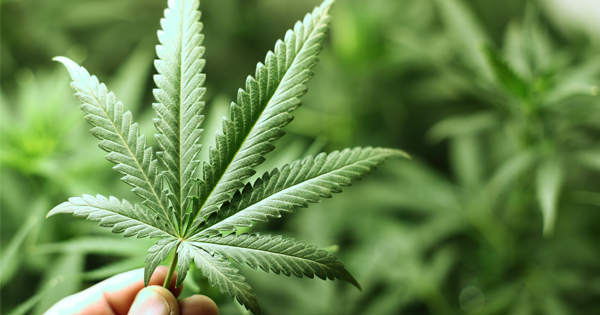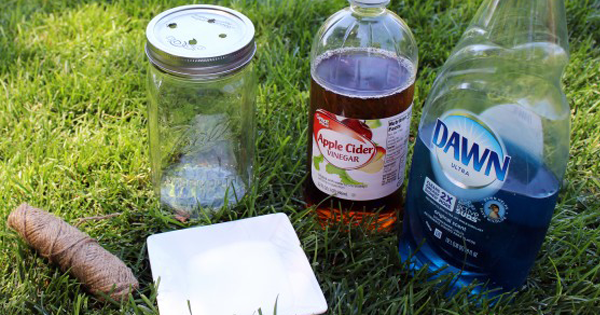Advertisement
There have been weirder studies, but this one may take the cake.
A research team from the University of Waterloo, Auckland, and Brown Universities found that that babies who were exposed to marijuana while in the womb have improved vision by the time they were four years old.
However, researchers were quick to urge that this doesn’t necessarily mean that marijuana is good for vision.
“It shows that marijuana and alcohol can have quite an impact on a fundamental aspect of the visual processing happening in our brains.
But despite the apparently beneficial impact of marijuana on the development of the brain’s visual system, other research shows its use can actually impair the brain development of unborn children.”
The study tested higher-level visual processing in four-year-olds, all of whom had been exposed to different combinations of marijuana, alcohol, methyl amphetamines, or nicotine while they were still in the womb.
They were compared to a group not exposed to these.
Cannabis improved motion perception, and alcohol had a negative effect. Nicotine and methamphetamines had no effect.
This study is the first of its kind to study the effects of drug exposure on vision in children.
This research is preliminary, they say, and they don’t know what the extent of the effects is on other parts of the vision processing centers of the brain. They tested the dorsal area, because, they say, “it’s the most vulnerable to risk factors during early development.”
Further research needs to be done, with the ultimate goal being to understand why certain drugs affect children’s visual development.




